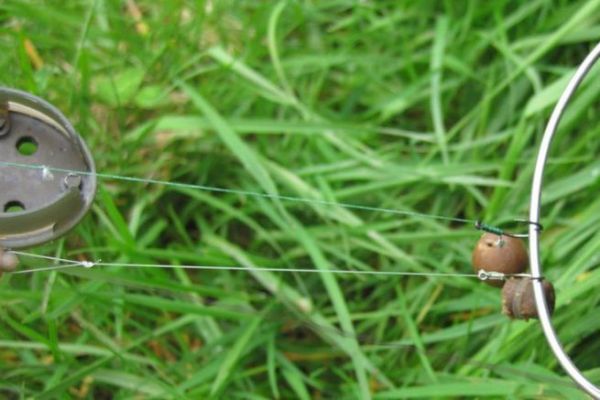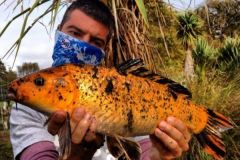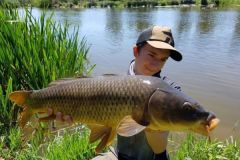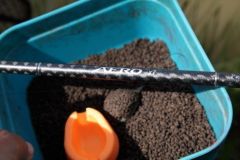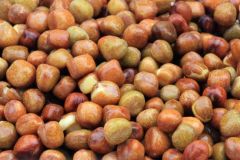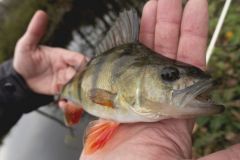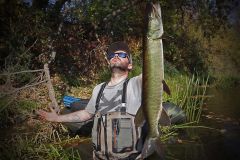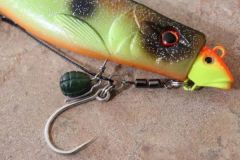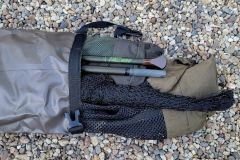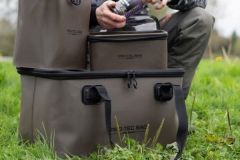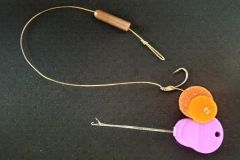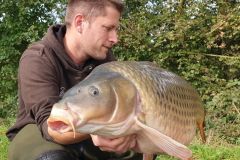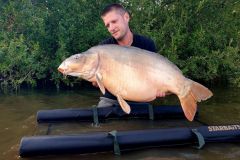Nylon, fluorocarbon or braid?
Before choosing your leader, it is advisable to read the regulations of the water where you are going. Indeed, in some carpodromes or fisheries, braided leaders are forbidden.
Nylon has the advantage of being inexpensive. It is easy to knot, remains relatively discreet and allows a rigidity that prevents many tangles. On the other hand, it must be changed often, because the stretching undergone at the time of the fights, weakens it at the level of the knot and at the end of some fish, one risks the breakage. The average diameter used is between 0.18 and 0.24 mm.
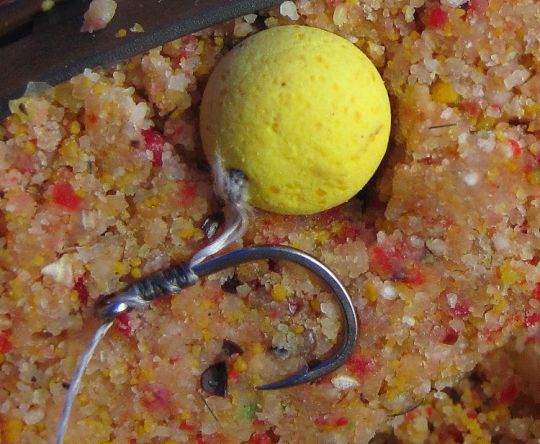
Fluorocarbon has all the advantages of nylon. It is also useful because it is invisible in water and more resistant to abrasion. But these last two characteristics are not useful in most carpodromes where the water is cloudy and there are few or no obstacles.
Braid has the advantage of being flexible (more natural presentation) and above all very strong. It is much more resistant (especially in the knots) to multiple fights and you don't need to change braid leaders as often as nylon or fluorocarbon ones. On the other hand, its flexibility can become a disadvantage, as it is more prone to tangling.
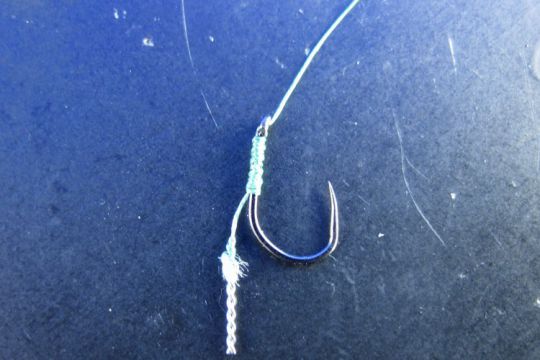
The knot without the knot
To make the knot of the hook on the leader, whether in braid, nylon or fluorocarbon, the knot without knot is the simplest. Always start the knot on the closed side of the eye and make sure that the line always passes in front of the eye at the end of the knot to allow the hook to swing out.
What kind of attachment systems are used on the hair?

Several attachment systems exist for method-feeder fishing:
- 1 - Hair finished with a pellet elastic (bait bander type).
- 2 - Classic hair finished with a curl for which we use a boiled stop.
- 3 - Hair finished with a maggot-clip when you want to bait animal baits.
- 4 - Hair finished with a metal tendril (bayonet). At the method this last one is often preferred by the simplicity and the speed of execution.
- 5 - Hair finished with a quick bait stop.

 /
/ 